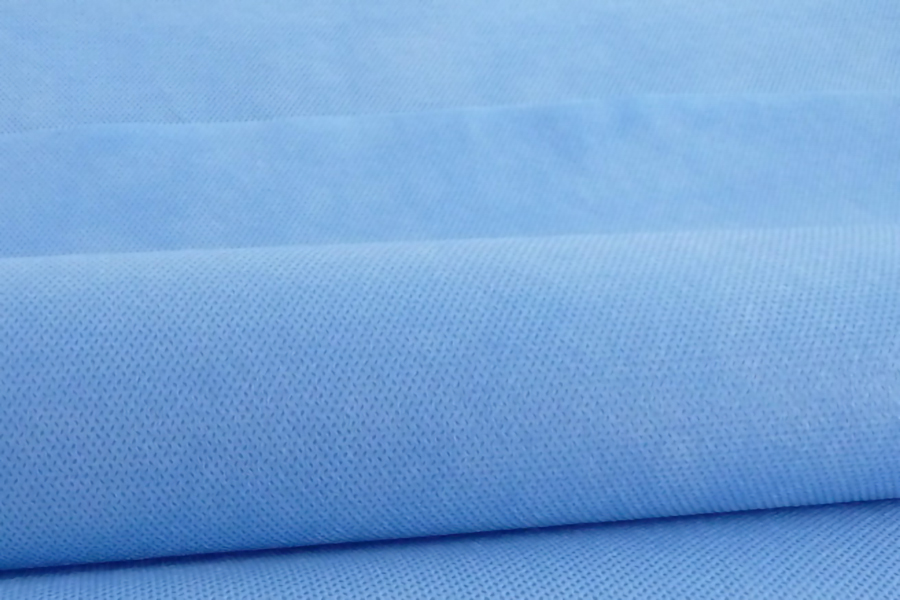In today's context of increasing emphasis on environmental protection and efficient production, ultrasonic technology, as an efficient and environmentally friendly processing method, is showing great potential in the field of
ultrasonic composite non-woven fabric preparation. This article will discuss the advantages of high processing efficiency and low energy consumption of ultrasonic technology in the preparation of ultrasonic composite non-woven fabrics, and look forward to its future application prospects.
Ultrasonic processing, with its non-contact and high efficiency characteristics, has greatly improved the preparation efficiency of ultrasonic composite non-woven fabrics. Compared with traditional methods such as hot pressing or chemical bonding, ultrasonic processing can complete the material composite process more quickly, reducing the production cycle and improving production efficiency. Ultrasonic vibration can quickly transfer energy to materials in a short time, achieving high-speed and precise compounding, thus greatly improving preparation efficiency.
The low energy consumption of ultrasonic processing is one of its outstanding advantages. Traditional composite nonwoven fabric preparation methods usually require a large amount of energy supply, such as the hot pressing process at high temperatures, which requires a large amount of electricity or fuel. Ultrasonic processing is different. It uses the mechanical energy generated by ultrasonic vibration for processing without requiring additional energy input and can significantly reduce energy consumption. This not only helps reduce production costs, but also meets environmental protection requirements for energy conservation and emission reduction, and contributes to sustainable development.

Ultrasonic processing also has the advantages of strong controllability and easy operation. By adjusting parameters such as ultrasonic amplitude and frequency, the preparation process of composite non-woven fabrics can be accurately controlled to achieve precise control of composite quality. At the same time, ultrasonic equipment has a simple structure and is easy to operate. It does not require complicated equipment and a lot of manpower investment, which is beneficial to improving production efficiency and reducing production costs.
Looking to the future, with the continuous innovation and improvement of ultrasonic technology, its application prospects in the preparation of composite non-woven fabrics will be broader. We can foresee that ultrasonic processing will become the mainstream technology in the field of composite non-woven fabric preparation, bringing more opportunities and challenges to the development of the materials industry.
Ultrasonic processing is becoming a new favorite in the field of composite non-woven fabric preparation due to its high efficiency and low energy consumption. It not only improves preparation efficiency and reduces energy consumption, but also has the advantages of strong controllability and easy operation, bringing new vitality to the development of the materials industry.
